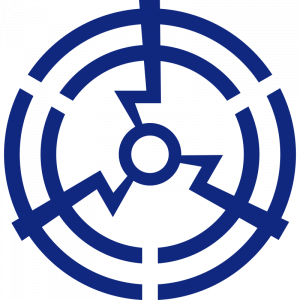
Sangi Railway was established in 1928 as a 1067mm-gauge freight-only railway, serving Onoda Cement’s Nishi-Fujiwara plant. At the time, Sangi Railway only had one line, the Sangi Line, wich ran between Nishi-Fujiwara and Tomiida, where it connected national railway network at JGR’s Tomida Station, on the Kansai Main Line. The company’s history was relatively uneventful until the early 1950s, when passenger services were introduced (as an additional source of income) and in 1954, the entire line was electrified at 1500v DC. Due to it’s steady source of income, Sangi Railway never had to suffer the hardships of many other rural local railway, instead expanding it’s businnesses thruought the years.
Over time, passenger transportation outshadowed freight services (wich however are still an important source of revenue for the railway), and in 2003, the company took over operations of the nearby 762mm-gauge Hokusei Line from Kintetsu.
Currently, Sangi Railway’s network is formed of these two unconnected lines, the 26,5Km-long 1067mm-gauge Sangi Line (plus an additional passenger-only 1,4Km-long section that brings Sangi Line passenger trains to Kintetsu-Tomiida Station) and the 20,4Km-long 762mm-gauge Hokusei Line, wich runs between Ageki and Nishi-Kuwana (next to Kuwana station, on both the JR Kansai Main Line and the Kintetsu Nagoya Line). Both lines are entirely electrified, at 1500v DC for the Sangi Line and at 750v DC for the Hokusei Line. Passenger services on the Sangi Line are operated by a fleet of ex-Seibu trains, wich the company has been purchasing since the late 1980s, while services on the Hokusei Line are operated by the distinctively small trains that the company has inherited from Kintetsu.
As already mentioned, freight services carrying cement are still an important source of revenue for the line; they’re operated on the Sangi Line (the Hokusei Line is a strictly passenger-only line) and are hauled by a variegated fleet of electric locomotives dating from the 1950s and 1960s.
Sangi Line (1067mm gauge)
